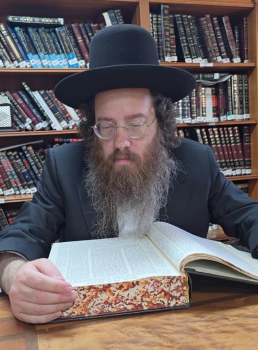The Esrog
Question
Answer
Shalom!
Thank you for your question.
The Torah (Leviticus 23:40) commands us: “On the first day of Sukkot, you should take for yourself the fruit of the ‘eitz hadar,’ an unopened palm frond [known as the Lulav], a braided branch [known as the Haddasim], and willows of the brook [known as the Aravot], and you shall rejoice before the L-rd your G-d for seven days.”
This is the source for the mitzvah of Lulav and Etrog.
As you correctly note, the words “pri eitz hadar,” meaning the fruit of a citrus tree, is the Etrog, known as a “citron” in English and as “Citrus medica,” in scientific speak.
You are correct that the Torah does clearly spell out which citrus fruit we are to use for the mitzva but the identification of the Etrog as the pri eitz hadar is an unbroken tradition going back to Moshe Rabbeinu.
Maimonides explains that the Torah intended the Etrog, as well as the other three species as defined above, as they were all readily available in the Land of Israel. They were also readily available in most of the Sephardic lands whose climate was similar to the Land of Israel, and hence, the Etrog was always known as the correct species.
On that note, acquiring Etrogim was always difficult for Ashkenazim as Etrogim don’t grow in the cold Ashkenazim lands. In many instances there was no more than one Etrog for the entire town. Indeed, the Teruma Hadeshen (2:52) discusses a case where there was only one Etrog for an entire region! So, what they did was cut the Etrog into pieces and sent pieces of the Etrog to the different communities. The Terumat Hadeshen ruled that their initiative was, unfortunately, not halachically acceptable. Similarly, there was communities in which Etrog were saved to be used year after year! (OC 648:1 with commentaries).
So there you go. The identification of the Etrog as the fruit of Sukkot is based on an unbroken tradition.
